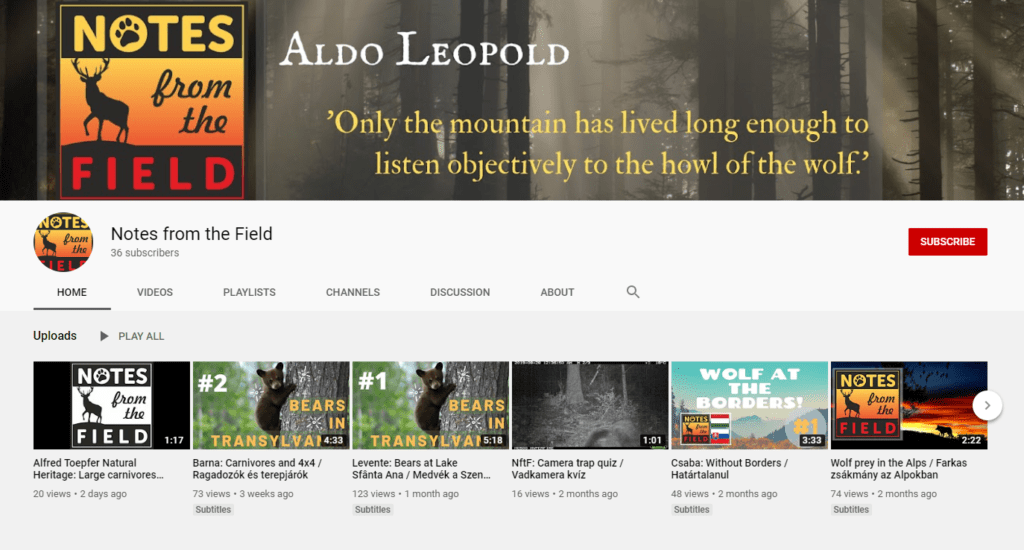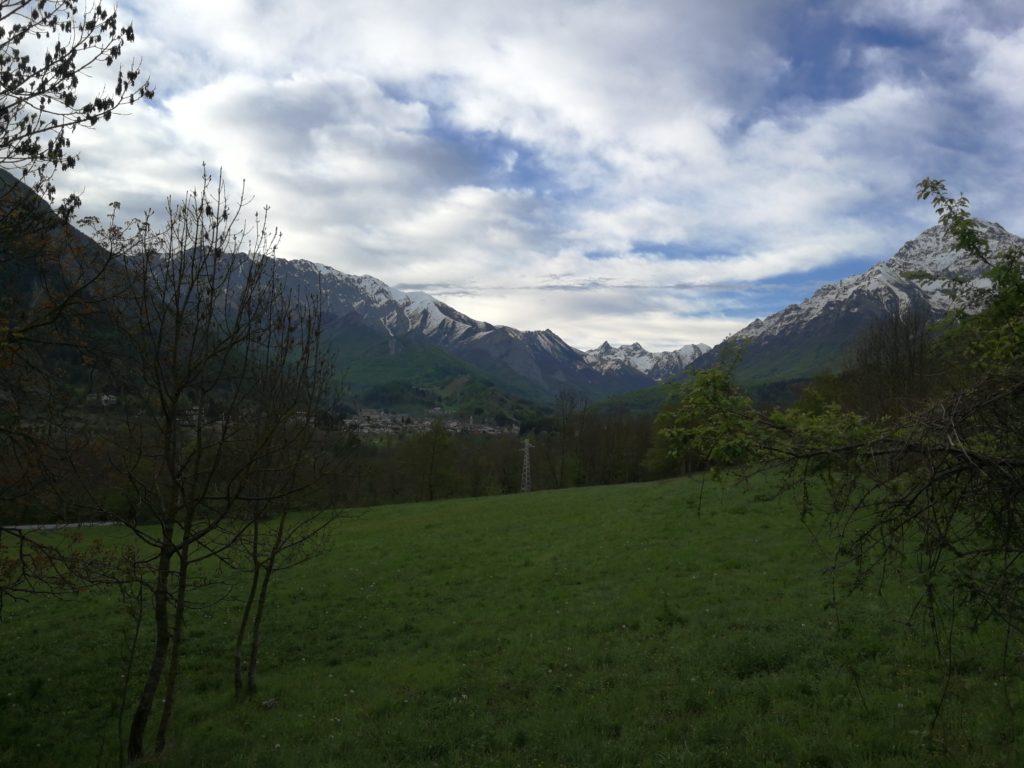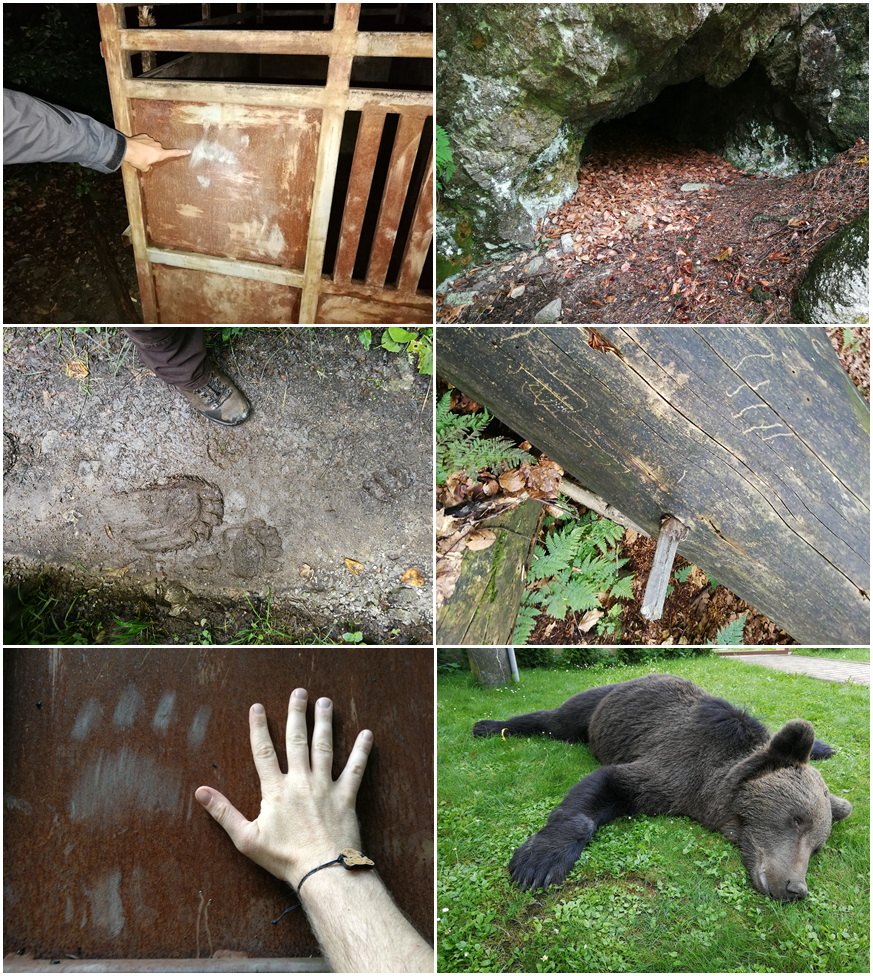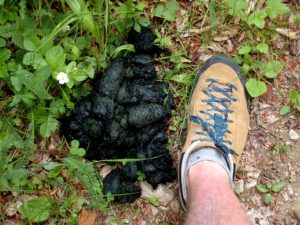Tracking large carnivores & tackling communication challenges
Bear and wolf photos from pixabay
Every year, the Alfred Toepfer Natural Heritage Scholarship supports the work of young conservationists in protected areas across Europe. László was one of the winners of the Scholarship in 2018. Applications for the Scholarship 2020 are now open! See how to apply here.
Article issued by László Patkó
Tracking large carnivores & tackling communication challenges
Estimated numbers of wolves (Canis lupus) and brown bears (Ursus arctos) in Europe are larger than 17.000 individuals and trends seem to continue increasing. Eurasian lynx (Lynx lynx) population estimation gives us a rough number of 9.000 individuals. After serious persecution of these species, the last decades were symbolized by a rapid recolonization into areas where their occurrence had fallen into oblivion. These landscapes have already been seriously altered by humans. There is, however, one common feature across the different European countries: carnivore return provokes opposite opinions in society.
During László’s scholarship, he focused on how people can coexist with large carnivores.
- clear scientific data (based on regular and reliable monitoring), and
- sensitization of stakeholders towards carnivores, as well as developing consensuses among stakeholders and conservation actors.
What are the right places to visit?
László Patkó’s study visit included four countries and five locations. László filmed interviews with local stakeholders and park employees. Explore his youtube channel:

Check László´s youtube channel “Notes from the Field”
1) Italy: coexisting with wolves
The first location for a two-weeks-long period was the Alpi Marittime Nature Park in Italy. Here he learned about local involvement and coexisting with wolves. Shepherds seemed to be more open-minded towards carnivores than he previously anticipated. He had conversations on well-developed stakeholder engagement in the park with a communication expert and gathered knowledge on field and genetics monitoring, as well as wolves feeding habits from park rangers.

Wolf habitat in the Alpi Marittime Nature Park, Italy © László Patkó
2) Slovakia: monitoring bears
His next trip was to Cerová Vrchovina Landscape Protection Area. There, besides population monitoring, carnivore movement is also monitored with remote cameras between the Hungarian-Slovakian border. This is of high relevance in order to maintain the transboundary movements of large carnivores in the area. Another important topic in Slovakia is the game management and large carnivore conflict, which was highlighted by a hunter in the area.
At early Autumn László went to the Malá Fatra National Park where park employees have a long-standing data collection on bear presence. Here, together with local rangers, they were looking for potential bear den sites to install remote cameras for dens site monitoring.

Proof of bear presence in the Mala Fatra National Park, Slovakia © László Patkó
3) Romania: mitigating conflicts with bears and the local population
László’s third destination was Cheile Bicazului-Hășmaș National Park in Transylvania, Romania. Approximately 40% of Europe’s brown bear population lives in Romania.
Romanian people have a long-standing relationship with bears, however nowadays national park employees and local wildlife face a new treat: quads and cross-country vehicles. Besides illegal driving in protected areas, Romania has a frequent conflict with habituated bears. These conflicts can be mitigated with using bear-proof bins and avoiding direct feeding of individuals, as László’s other interview partner highlighted it.
4) Hungary: participatory approaches
The last stop was Bükk National Park, where one of the two wolf populations can be found in Hungary. In these forests, migrant individuals of bears also occur every now and then. After a week-long study trip and discussions with national park personnel about the previous study trips, they came to the conclusion that countries shared one best practice: participative approach. With the help of the national park, WWF Hungary, the Sheep and Goat Breeders National Association and the Kuvasz Guard Association, the collaboration will organise a damage prevention conference for livestock breeders in Autumn, 2020.
Conclusions
László’s main finding was that we can only achieve a relatively peaceful coexistence with the help of various stakeholders. Based on the study trips the following points can ease the way into participatory approaches:
Deep understanding of different stakeholder groups. Take your time, grab a beer, start a campfire and have an honest discussion with whom you actually want to work with in the long run. Even if he or she has a different mindset from yours!
Personalizing more than one stakeholder can often help. Beside nature conservation, learn about hunters and shepherds. Even better: be one of them!
There is no such thing as “the” ranger, “the” hunter or “the” shepherd. There are people with their own agenda. Listen to them, understand them, work with them!
Find a common ground! The most controversial topics are often not the best for ice-breakers. There must be something you can work together with other stakeholders!
Establish a trust-based working environment with your stakeholders.
When you are done, you are not done. Regular communication with stakeholders is of key importance. Share your results, be transparent!
Download the full report: Tracking large carnivores and tackling communication problems

Cooperation seems to be “smelly” with people who don’t share your point of view, but this is the only way for truly coexist with each other © László Patkó
Watch the short film with the conclusions:
Bibliography
- “Notes from the Field” YouTube channel with more interviews:
- Kaczensky, P. et al. (2013) Status, management and distribution of large carnivores-bear, lynx, wolf and wolverine- in Europe. In: Report to the EU Commission, Part1.
- Chapron, G. et al. (2014) Recovery of large carnivores in Europe´s modern humandominated landscapes. Science 346(6216): 1517-1519
- Salvatori, V. et al. (2002) Hunting legislation in the Carpathian Mountains: implications for the conservation and management of large carnivores. Wildlife Biol 8(1): 3-10.
- Nowak, S., Myslajek, R. & Jedrzejewska, B. (2008) Density and demography of wolf,Canis lupus population in the western-most part of the Polish Carpathian Mountains, 1996-2003. Folia Zool 57(4): 392-402
- Chapron, G. & López-Bao, J. (2016) Coexistence with Large Carnivores Informed by Community Ecology. Trends Ecol Evol 31(8): 578-580
- Rigg, R. et al. (2011) Mitigating carnivore-livestock conflict in Europe: lessons from Slovakia. Oryx 45(2): 272-280
- Nelson, F. (2009) Developing payments for ecosystem services approaches to carnivore conservation. Hum Dim Wildlife 14(6): 381-392
- Letnic, M., Ritchie, E. & Dickman, C. (2012) Top predators as biodiversity regulators: the dingo Canis lupus dingo as a case study. Biol Rev 87: 390-413
- Ripple, W. et al. (2014) Status and ecological effects of the world’s largest carnivores. Science 343 (6167): 151-162
- Allen, B. et al. (2017) Can we save large carnivores without losing large carnivore science?. Food webs 12: 64-75
- Wilson, S. (2016) A guidebook to human-carnivore conflict: Strategies and tips for effective communication and collaboration with communities. Slovenia Forest Service – LIFE DINALP BEAR project, Ljubljana, Slovenia. 60 pp.23
- Wallach, A. et al. (2010) Predator control promotes invasive dominated ecological states. Ecol Lett 13: 1008-1018.
- van Bommel, L. & Johnson, C. (2012) Good dog! Using livestock guardian dogs to protect livestock from predators in Australia´s extensive grazing systems. Wildlife Res 39: 220-229
- Prugh, L. et al. (2009) The rise of the mesopredator. Bioscience 59(9): 779-790
- Wagner, K., Schmidt, R. & Conover, M. (1997) Compensation programs for wildlife damage in North America. Wildlife Soc B 25(2): 312-319.
- Nilsen, E. et al. (2007) Wolf reintroduction to Scotland: public attitudes and consequences for red deer management. Proc R Soc B 274: 995-1002
- Burbaité, L. & Csányi, S. (2010) Red Deer population and harvest changes in Europe. Act Zool Lit 20 (4); 179-188
- Ripple, W. & Beschta, R. (2012) Large predators limit herbivore densities in northern forest ecosystems. Eur J Wildl Res 58: 733-742
- Nowak, S., Myslajek, R. & Jedrzejewska, B. (2005) Patterns of wolf Canis lupus predation on wild and domestic ungulates in the Western Carpathian Mountains (S Poland). Acta Theriol 50(2): 263-276
- Betschta, R. & Ripple, W. (2009) Large predators and trophic cascades in terrestrial ecosystems of the western United States. Biol Conserv 142: 2401-2414
- Hebblewhite, M. et al. (2005) Human activity mediates a trophic cascade caused by wolves. Ecol 86(8): 2135-2144
- Betscha, R. & Ripple, W. (2012) The role of large predators in maintaining riparian plant communities and river morphology. Geomorphology 157-158: 88-98
- Estes, J. et al (2011) Trophic downgrading of planet Earth. Science 333: 301-306
- Schmitz, O. et al. (2013) Animating the carbon cycle. Ecosystems 10; 1-16
- Wilmers, C. et al. (2003) Trophic facilitation by introduced top predators: grey wolf subsidies to scavengers in Yellowstone National Park. J Anim Ecol 72: 909-91624
- Beekers, B. et al. (2017) Circle of life: A new way to support Europe’s scavengers. ARK Nature and Rewilding Europe. 28pp.